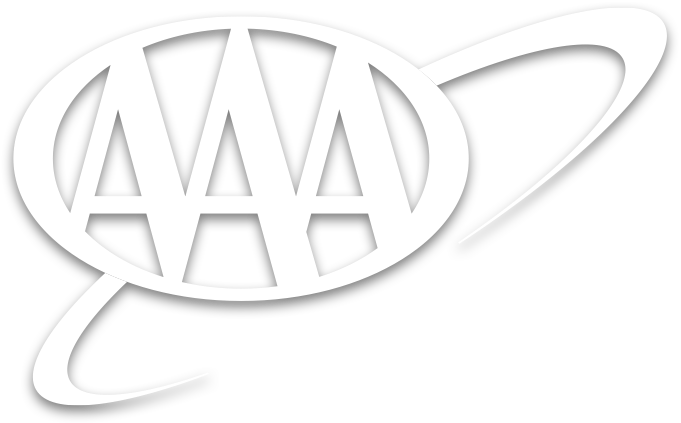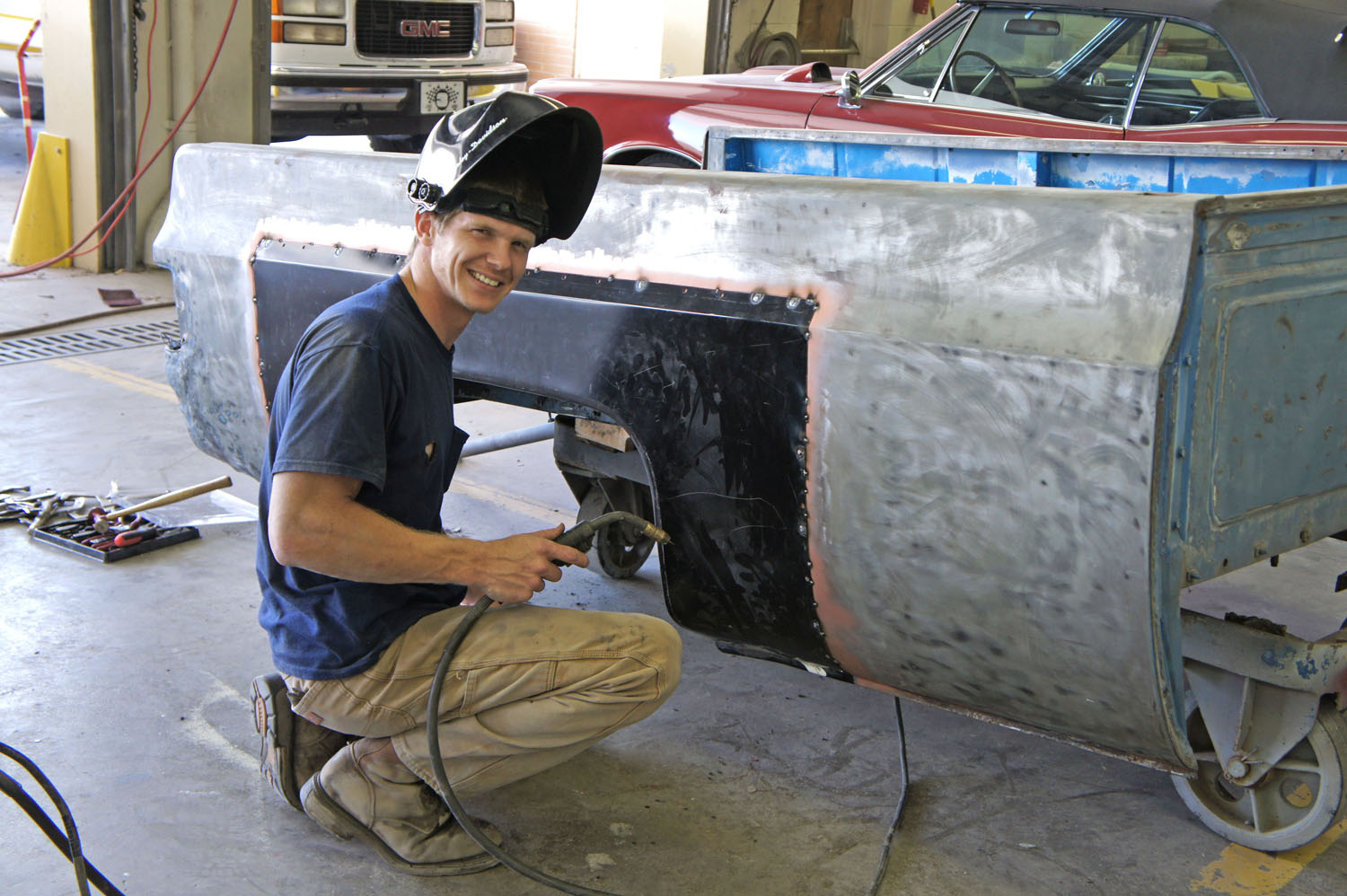
The first thing you should think about when replacing the engine in your car is whether it is worth buying a new engine, a remanufactured engine, or replacing the engine yourself. There are many choices, and this article can help you choose the right one. We will talk about donor engines versus rebuilt ones, and which one is the easiest to install. Find out about the pros & cons of each option by reading on.
Cost of a replacement engine
While replacing an engine can restore your vehicle to full functionality, the cost can be prohibitive. Other than the engine, there are many other costs, including new oil, fluids, hoses, pumps, and labor. Sometimes it is easier to write off your vehicle and have it repaired by someone else than it is to fix it. You may consider buying a new vehicle if your vehicle's value is less than $30k.
You can also buy a used engine at a fraction of what it costs to purchase a brand-new one. Make sure you purchase a decent used engine that has not been driven too many miles and is not in need of part replacements. Although rebuilding an engine can save you money over buying a new one it will cost more and take longer. It may be easier to replace the engine of a brand-new car if it is already under warranty.

Remanufactured engine vs. rebuild engines
Remanufactured Motors can be almost identical to the original, but are made with used parts. Although they can be more expensive than new engines, remanufactured ones tend to last longer. A warranty is usually extended to remanufactured engines. Rebuilt engines undergo a more thorough restoration.
Rebuilt engines have some parts that were replaced. It was taken apart, cleaned and reassembled with new parts. The engine has been reassembled with better quality than ever before. If damaged or unsatisfactory, the parts are replaced by newer versions. Some engines are capable of running for hundreds of kilometers while others can only run for a few hundred. Both types can last for a very long time if maintained properly.
Donor engines vs. crate motors
When you're building a new vehicle, compare the price of donor engines with crate motors. You will be able to determine compatibility. While donor engines are generally less expensive, crate motors tend to be more difficult to install. Depending on what type of motor you buy, you may need replacements for several components such as a timing cover or timing chain.
There are many sizes of crate engines. These engines can be long blocks or complete engines. They include the oil pan and cylinder heads, intake, exhaust, manifolds, main harness, sensors and actuators. Although they are more cost-effective and easy to replace, complete engines require more knowledge than crate motors. Alternatively, you can purchase a short block or long block and have it custom-built to fit the car.

Installing donor engines is much easier
It is easier than ever for donor engines to be installed. Even though used engines are cheaper than new or remanufactured ones, you cannot guarantee their mileage, service history or warranty. For warranty and verification, make sure you check with an engine broker. Donor engines are an excellent alternative to new and remanufactured car engines. Once the donor car is disassembled, the donor motor will be installed in a workshop that has been certified to install engine systems.
Depending upon the source of the donor engines, you can choose from either a stock or turbocharged version. While donor engines are usually easier than new cars engines to install, it is possible to get a new engine if the one you have is no longer available. Many engine manufacturers offer affordable upgrades to help you make your engine work in your new car. Donor engines are easier to install than new car engines, and they are often easier to find.
FAQ
Is it easy to get a job as an automotive mechanic?
Yes, it can be very easy. Many garages list their vacancies online. Many people simply apply for the fun of it. You can apply for several places to see if they are accepting student applications if you want to get your foot in their door. If you don't know anyone working in the industry, ask your friends and relatives. They may be happy to recommend someone.
How can I fix my car as a hobby?
Take up a hobby in car repair if you have an interest. You can repair them, buy their parts, sell them, or just have fun with them. If you are looking for something new, this would be a great hobby.
It's not an easy task to make this a full-time job. It requires hard work and dedication. Also, you will need to put a lot of money into it.
So unless you have a good reason for wanting to get involved with cars, then it might be best to leave it alone.
What is the distinction between a mechanic or an automotive technician?
They are both similar, but not identical. A mechanic repairs cars and an automotive technician performs maintenance.
A mechanic should be able to do simple tasks quickly and have good manual dexterity. A mechanic should also be able accurately diagnose and repair problems.
A technician in automotive is more technical than a mechanic. They must be capable of reading blueprints and using tools such as drills, wrenches, etc.
They must be able and competent to safely perform complicated procedures. They need to be familiar with various types of engines and electrical system.
They must also be able to understand how various parts interact with each other.
As a result, a mechanic usually earns less money than an automotive technician. But there are many opportunities for both jobs.
To be a car mechanic, do you need a degree? Can I study part-time?
It is not essential, but it is helpful. Most employers prefer candidates who have studied for a full degree rather than those who haven't. It shows you are dedicated and have worked hard to achieve your goals.
However, it doesn't mean you can't still work while studying. Many universities permit students to take courses during the summer holidays, and then finish their studies in the fall. Others let students take classes part-time throughout the year.
What length is an automotive mechanic apprenticeship?
It takes three years to complete an apprenticeship as an automotive mechanic. The apprenticeship includes two years studying at school and two more as an apprentice. The first year of training is spent in the trade. This includes theory and practical skills as well as safety procedures. You will also learn to use tools efficiently and safely during this period. You'll spend the second year in on-the-job training, where you will gain experience in various trades. You will have the opportunity for formal training during these years.
The final year of this program is spent in obtaining qualifications and becoming certified in your field. These include NVQs (National Vocational Qualifications), which are awarded after passing exams covering specific topics within the industry. You can also get HNCs (Higher National Certificates), that cover subjects such as customer service, business administration, management, and business administration. City & Guilds certificates offer qualifications in certain trades.
What are the requirements of an automotive technician?
High school graduation or GED is required with excellent grades in English and math. You also need to be able to read and write well. After passing a written test, you will need to complete a series of practical tests before you are allowed to begin working.
Statistics
- 52% of Mechanics in the United States think their salaries are enough for the cost of living in their area. (indeed.com)
- There were 749,900 jobs available for automotive service technicians and mechanics in 2016, which is expected to grow by six percent through 2026. (jobhero.com)
- According to the BLS, the median annual salary for automotive service technicians and mechanics in the United States was $44,050 in May 2020. (uti.edu)
External Links
How To
How to properly diagnose and repair your vehicle
The symptoms of your vehicle are the first thing you need to look at in order to determine whether it is in dire need of repairs. Then, follow these steps to diagnose your vehicle properly.
-
Check engine lights. You should inspect the dashboard lights, such as the engine light indicator and the oil pressure gauge. Also, check the battery light indicator. You may have a problem with your vehicle if any of the indicators are flashing for more than a few days.
-
Pay attention to the treads on your tires. If the tires are worn out, they could cause problems with handling and braking. You should inspect the treads on your wheel. They should be clean and smooth. You can do this by taking off the wheels. Use a flashlight to see how well the treads are worn.
-
Monitor the level and consistency of your brake fluid. You must always monitor the level of your brake fluid. You can ensure that your brakes are working properly by monitoring the level of brake fluid in your vehicle. Low brake fluid levels can cause brake failure when you apply pressure.
-
Make sure to test the suspension system. Most vehicles have a suspension system that absorbs shocks and vibrations. It provides better control and allows smoother acceleration and deceleration. You might notice a wobbly feeling or uncontrollable shaking in your vehicle if it has a problem with its suspension. To test whether your vehicle has a suspension issue, try putting weight on the front or rear axle and observe the movement.
-
Examine your steering column. The steering column connects the steering wheel to all other components of the vehicle. Many accidents can cause damage to steering columns. You should replace your steering column if it feels loose or unstable.
-
Observe the exhaust pipes. Exhaust pipes help move gases from the combustion chamber to the atmosphere. Your cabin will be effected if your exhaust pipe cracks or leaks. Also, if your tailpipe is bent, you should fix it immediately.
-
Look under your hood. Take a look underneath the hood to find any strange or unusual items. You could have fluids leaking from the engine. Also, professional technicians should be called if you detect an unusual smell coming out of your engine compartment.
-
Check the air filter. The air filter in your vehicle collects dirt and dust from the environment. Your vehicle will run less well if it has a dirty filter. Replace your air filter regularly.
-
Verify the fan belt. Your vehicle's fan belt connects the engine to the transmission. If the fan belt is damaged, the engine won’t turn. It is easy to replace the belt. All you need is a screwdriver and some pliers.
-
You should inspect the radiator and hoses. The radiator-hose carries water to the engine. If it becomes cracked or damaged, it can leak hot liquid onto the engine. You only need a pair of needle-nose pliers and a small wire brush to repair the hose.
-
You should inspect the windshield wipers. Windshield wipers use electricity to remove snow and rain. If they stop functioning, they can leave streaks in your window glass. Simply change the washer oil to fix the problem.
-
The battery cables should be checked. The batteries provide power to the electrical systems within your car. Before you change batteries, disconnect the positive cable. Failure to do so can damage your alternator.
-
You should check the headlights. The headlights will illuminate the road ahead. If they don't work properly, it can cause poor visibility. To check if the bulbs have gone out, you can inspect them.
-
Pay attention to the lights. Lights warn other drivers when you approach them at night. You may be distracted by the light and end up in an accident.
-
Inspect your brakes. Before you collide with another vehicle, brakes will slow down the car. You could lose control of the car and cause a crash if they don't work properly.
-
Change the oil. The oil keeps your engine well lubricated. It protects metal parts and prevents them from wearing too quickly. It is recommended that you change your oil at least once per month.